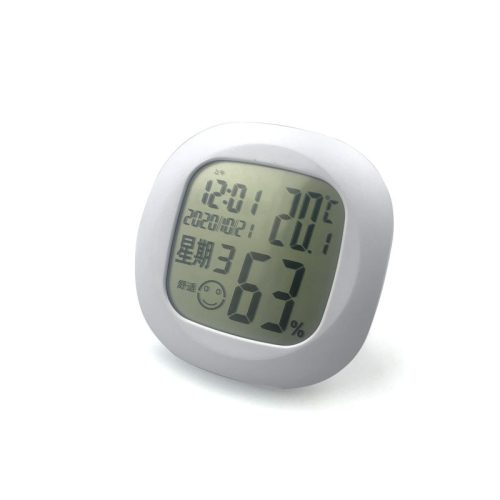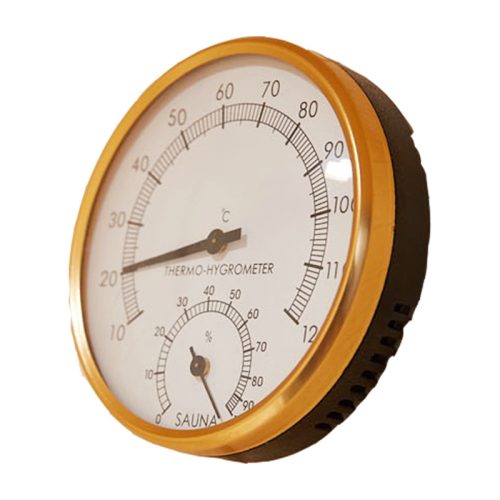Weather monitoring with thermometers involves using various types of thermometers to measure temperature, which is a fundamental parameter in understanding weather conditions. Thermometers can be used to monitor temperature changes in different environments, such as indoors, outdoors, and specific weather-related applications. Here’s how thermometers are commonly utilized in weather monitoring:
- Outdoor Weather Monitoring:
- Mercury Thermometers: Traditional mercury thermometers were widely used for outdoor temperature measurements. However, due to environmental concerns associated with mercury, these are being replaced by other types.
- Digital Thermometers: Electronic or digital thermometers are commonly used for outdoor weather monitoring. They are convenient, provide accurate readings, and come in various forms like infrared thermometers and outdoor digital weather stations.
- Indoor Weather Monitoring:
- Room Thermometers: Simple indoor thermometers help in monitoring indoor temperatures, which can be crucial for maintaining comfort, energy efficiency, and understanding the indoor climate.
- Smart Home Devices: Modern smart home systems often include temperature sensors that provide real-time data and can be integrated into weather monitoring systems.
- Specialized Weather Applications:
- Maximum-Minimum Thermometers: These record the highest and lowest temperatures reached over a certain period, commonly used in weather stations.
- Thermographs: These devices continuously record temperature variations over time, creating a graph or chart of temperature changes.
- Remote Sensing and Weather Stations:
- Weather Stations: These are equipped with various sensors, including thermometers, anemometers, barometers, and hygrometers, to provide comprehensive weather data for a specific location.
- Remote Thermometers: Infrared or remote sensing thermometers can measure temperatures from a distance, helpful for weather monitoring in inaccessible or hazardous areas.
- Meteorological Applications:
- Weather Balloons: Thermometers are attached to weather balloons to measure temperature changes as the balloon ascends through the atmosphere, providing crucial atmospheric data.
- Agricultural Monitoring: Thermometers are used in agricultural applications to monitor soil temperature, which is vital for planting and crop growth.
In weather monitoring, the use of thermometers is crucial for understanding temperature variations, trends, and patterns. However, modern weather monitoring systems often integrate various sensors and technologies to provide comprehensive data for meteorological analysis and forecasting.




